Old Money Living Room Secrets to Classic Luxury
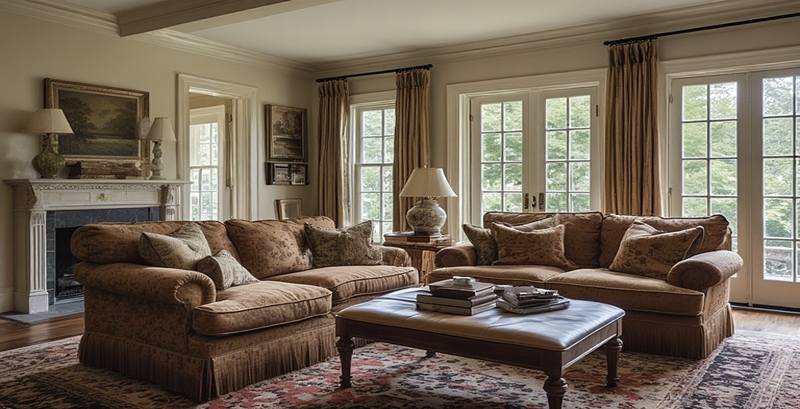
Old money living room style is all about blending class, tradition, and refinement into a timeless interior. Rooted in sophistication and quiet luxury, this aesthetic avoids flashy trends, instead embracing quality craftsmanship, heritage-inspired details, and understated opulence. Whether in a historic home or a modern apartment, incorporating old money design elements can transform your living room into a sanctuary of elegance and enduring charm.
What Defines an Old Money Style?
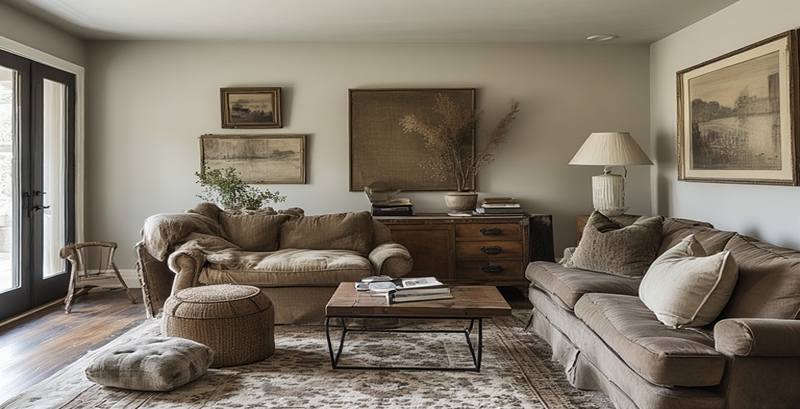
The “old money” concept reflects the generational wealth and sophistication that have beenpassed down over time. Rather than chasing fast trends or bold, attention-grabbing designs, this aesthetic celebrates quiet refinement, subtle luxury, and pieces that last decades. The idea is not to flaunt wealth but to show taste through quality, tradition, and a lived-in charm. Best choice for backyard lighting
In interior design, this translates into a few guiding principles:
- Prioritizing quality materials like solid wood, leather, and natural fabrics.
- Investing in timeless furniture rather than mass-produced or trend-driven pieces.
- Embracing a muted color palette with warm, classic undertones.
- Incorporating heritage-inspired accents, such as antiques, art, or heirlooms.
Characteristics of an Old Money Living Room
At the heart of this design philosophy is creating a space that feels both luxurious and welcoming. An old-money-style room doesn’t scream extravagance but whispers refinement.
Here are some core elements:
1. Furniture That Stands the Test of Time
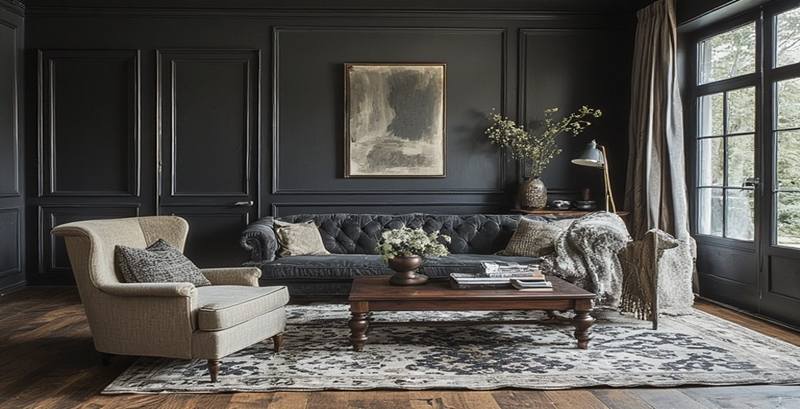
Think solid mahogany coffee tables, Chesterfield sofas, and wingback chairs. These aren’t just furniture pieces; they’re investments that can be passed down through generations. Upholstery should lean toward natural materials like linen, wool, or velvet, with patterns such as herringbone, stripes, or subtle florals.
2. Classic Color Palette
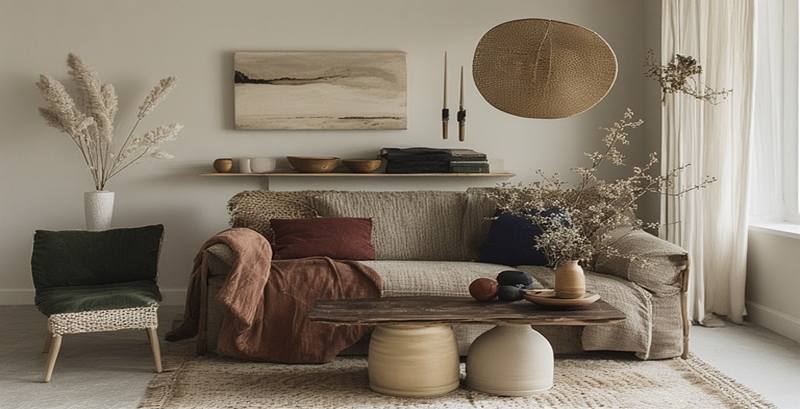
Muted tones dominate: cream, beige, navy, forest green, and burgundy. These shades add warmth and timeless appeal, while accent pieces in gold or brass lend a hint of understated luxury.
3. Art and Antiques
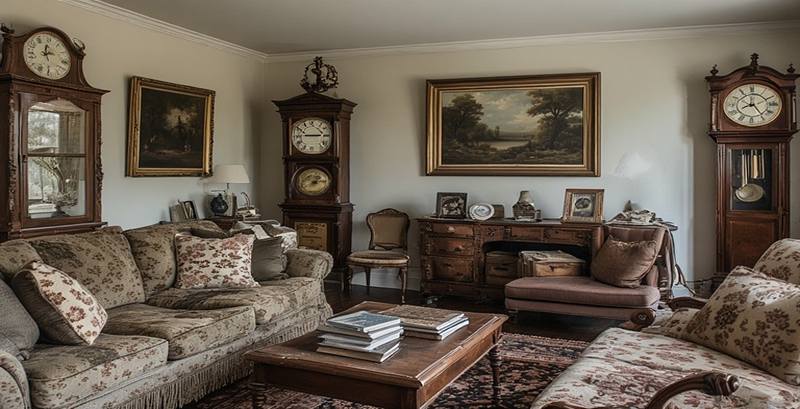
A hallmark of this style is a living room filled with pieces that tell a story. Oil paintings, family heirlooms, antique lamps, or a grandfather clock provide depth and history. Nothing looks mass-produced; everything feels curated and intentional.
4. Textiles and Patterns
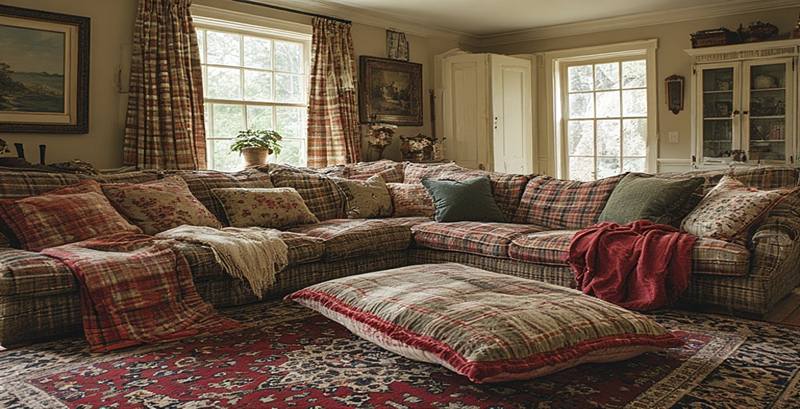
Plaids, damasks, and Oriental rugs add richness to the space. Layering textiles is essential—throw blankets, cushions, and curtains all contribute to a sense of comfort and lived-in elegance.
5. Built-in Bookshelves and Libraries
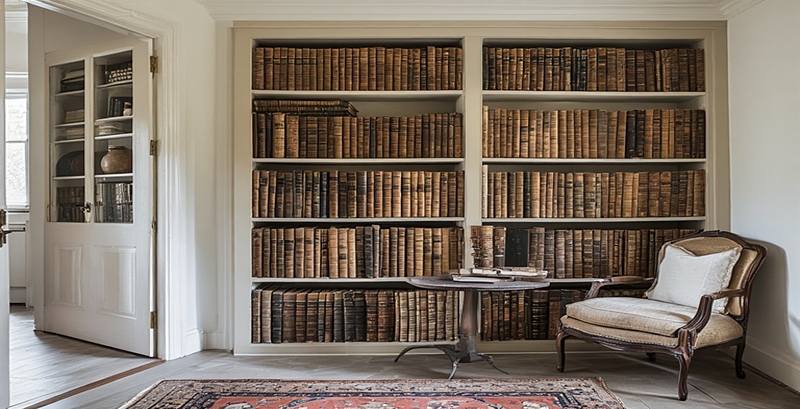
Books are a central symbol of the old money aesthetic. A wall of leather-bound books not only enhances the visual appeal but also conveys intellectual refinement.
How to Achieve an Old Money Living Room Look
Designing this type of space doesn’t require immense wealth—it’s about making thoughtful choices. Here’s how you can bring the look into your home.
Focus on Quality Over Quantity
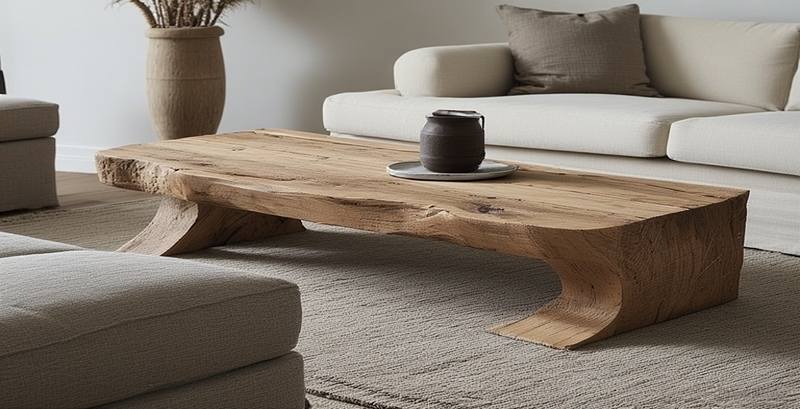
Invest in fewer but better pieces. A solid wood coffee table will last decades, unlike a cheaper alternative. Quality items also age gracefully, developing a patina that adds to their charm.
Choose a Subtle Lighting Scheme
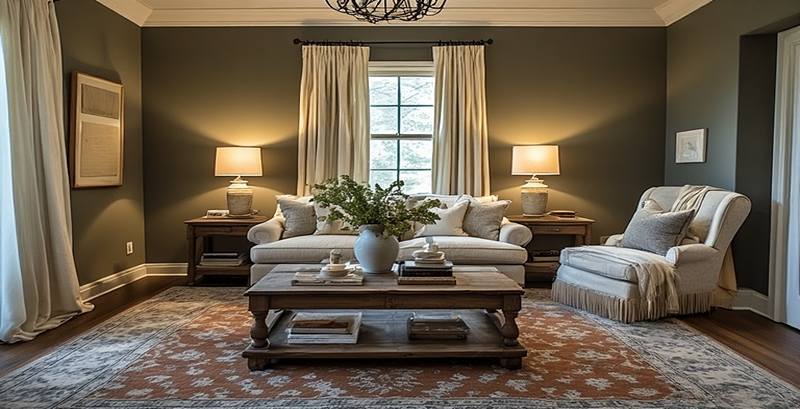
Opt for traditional table lamps with fabric shades, chandeliers with brass finishes, or wall sconces for ambient lighting. The goal is to create a warm, inviting glow rather than harsh overhead lighting.
Layer Textures and Fabrics
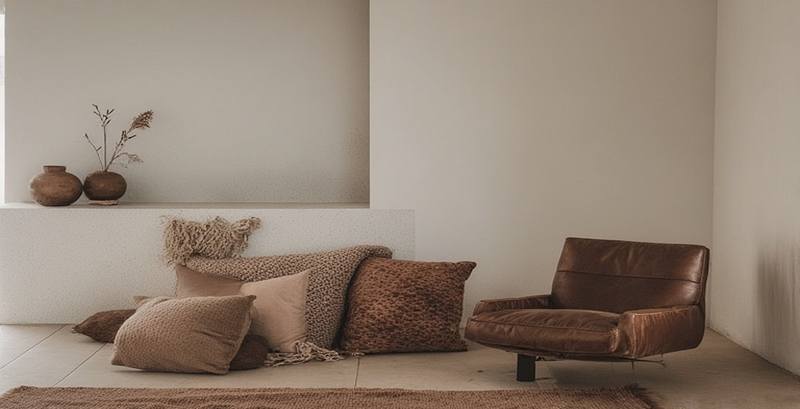
Mix velvet upholstery with silk cushions or pair wool throws with leather chairs. This layering adds visual interest while maintaining comfort.
Incorporate Personal Touches
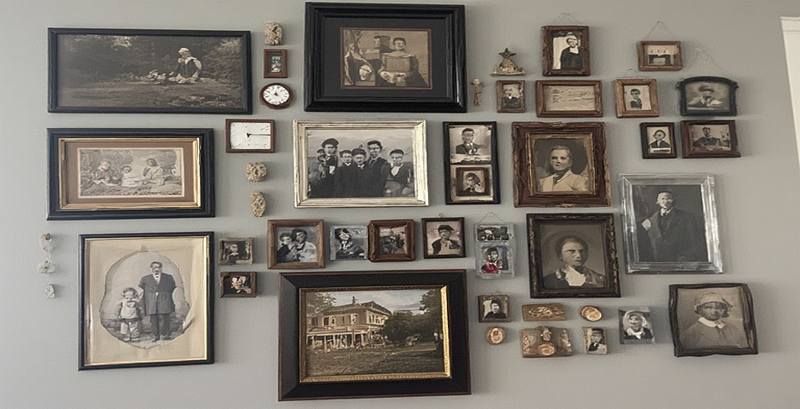
Family portraits, travel souvenirs, or heirlooms instantly make the space feel authentic. Avoid mass-produced décor and instead curate items with personal or historical significance.
Old Money Living Room Inspirations
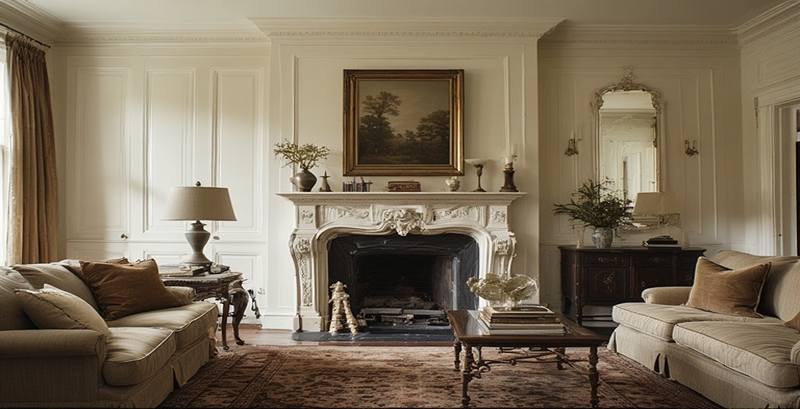
Here are some ways to draw inspiration for your space:
- Traditional English Manors: Rich woods, dark leather, and oversized fireplaces.
- Classic European Salons: Antique furniture, ornate mirrors, and soft lighting.
- Historic American Estates: Warm tones, detailed moldings, and curated art collections.
Each of these influences adds depth and authenticity to your design.
Balancing Old Money Aesthetics in Modern Homes
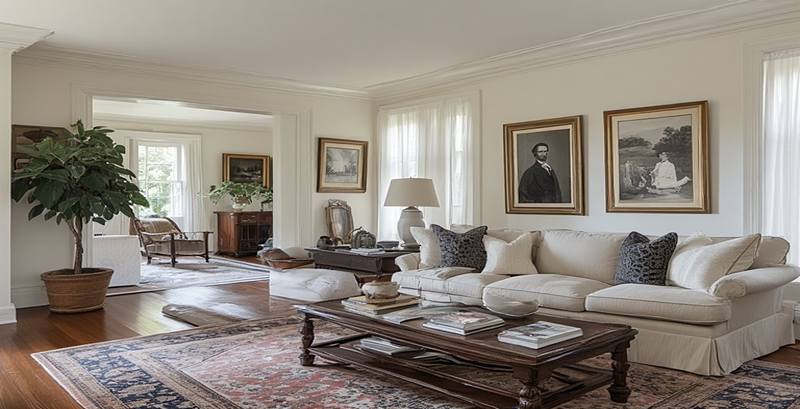
You don’t need a grand estate to embrace this style. Even small apartments can achieve the look with careful choices. For example:
- Replace modern furniture with a single antique statement piece.
- Introduce an Oriental rug for instant character.
- Use muted wall colors and crown molding to mimic traditional architecture.
- Hang classic artwork or framed black-and-white photographs.
By blending modern practicality with old money aesthetics, you create a living room that feels timeless yet livable.
Why This Style Stands Out
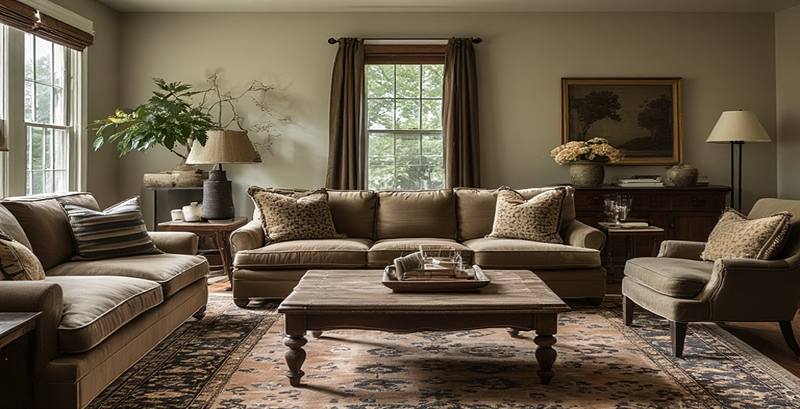
In today’s world, where design trends change rapidly, the old money approach offers a refreshing alternative. Instead of chasing what’s “in” this season, it prioritizes longevity and authenticity. This not only saves money in the long run but also ensures your living room never feels outdated.
The style reflects values of tradition, heritage, and quality craftsmanship—principles that transcend passing trends.
Conclusion
Old money living room design is not about showing wealth, but about creating a space that reflects taste, tradition, and timeless elegance. By focusing on quality, muted colors, and meaningful details, you can build a living room that feels sophisticated, welcoming, and enduring—an environment that will always remain in style.
Q1. What is an old money living room style?
An old money living room style is a design approach that emphasizes timeless elegance, classic furniture, muted colors, and heritage-inspired accents. It avoids flashy trends and focuses on quality and tradition.
Q2. How can I decorate my living room with an old money aesthetic on a budget?
You can achieve the look by investing in a few quality pieces, using antique or vintage finds, adding an Oriental rug, and choosing a muted color palette. Thrift stores and estate sales are excellent places to source authentic décor.
Q3. What colors work best in an old money style living room?
Neutral and muted tones such as cream, beige, navy, forest green, burgundy, and deep browns work best. Metallic accents in gold or brass can be used for subtle touches of luxury.
Q4. What furniture defines old money interiors?
Classic pieces like Chesterfield sofas, wingback chairs, mahogany coffee tables, and antique bookcases are iconic in this style. Upholstery in linen, velvet, or wool adds to the elegance.
Q5. Can a small space have an old money living room design?
Yes! Even small apartments can achieve this style by focusing on quality pieces, incorporating rich textiles, and adding heritage-inspired accents like framed artwork or a statement rug.

One Comment